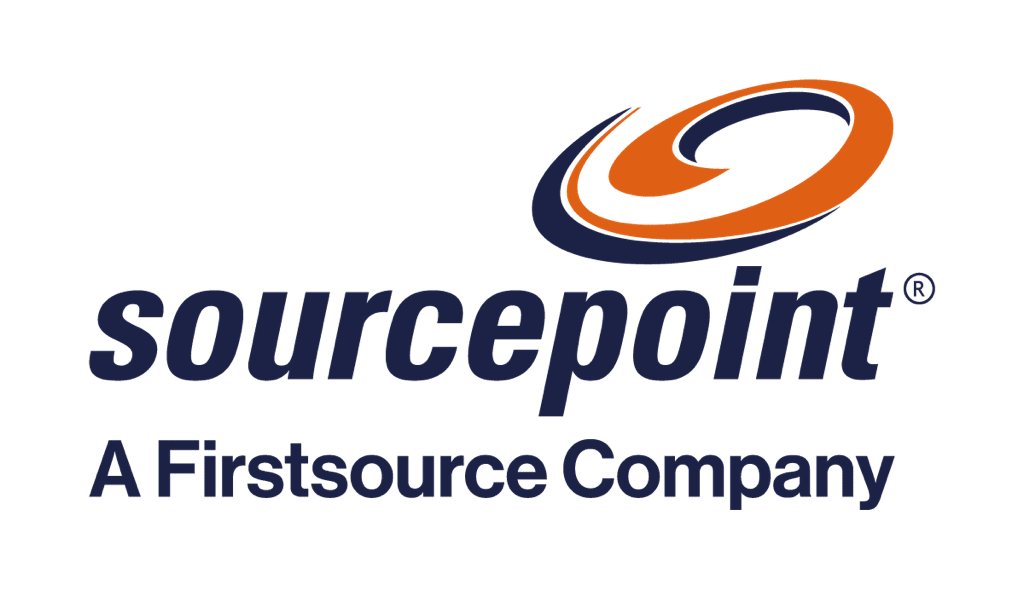The mortgage industry has undergone a digital transformation over the past decade, with lenders investing millions in sleek front-end technologies that promise to revolutionize the borrower’s experience. We’ve seen the rise of online applications, sophisticated point-of-sale platforms, and automated disclosure systems that make the initial stages of mortgage origination feel modern and streamlined.
But here’s the uncomfortable truth: despite all this digital investment, the borrower’s experience remains fundamentally broken.
The Great Digital Disconnect
Collectively, the industry has digitized the front-end of the mortgage experience with impressive results:
- Online applications that can be completed in minutes
- Slick POS platforms that guide borrowers through initial steps seamlessly
- Automated disclosures that ensure compliance and speed delivery
These improvements have undoubtedly enhanced the first impression borrowers have of the mortgage process. The application experience feels modern, intuitive, and efficient. Borrowers can start their journey from their couch at midnight if they choose, uploading documents and receiving instant feedback on their eligibility.
But then reality sets in.
Behind the polished digital facade lies a different story entirely:
- Redundant document requests that leave borrowers questioning why they uploaded documents in the first place
- Slow turn times that stretch what should be quick approvals into weeks-long ordeals
- Inconsistent communication that keeps borrowers in the dark about their loan status
- Manual processing bottlenecks that create unpredictable delays throughout the pipeline
The disconnect isn’t just technical; it’s operational. We’ve automated the storefront while leaving the warehouse in chaos.
The Hidden Cost of Operational Friction
From the borrower’s perspective, the source of delays doesn’t matter. Whether their loan is stuck because of document indexing issues, processing backlogs, or siloed communication between underwriting and processing teams, the result is the same: frustration, anxiety, and a loss of confidence in their lender.
The numbers tell the story. Mortgage lenders scored just 75 out of 100 on the American Customer Satisfaction Index [1], placing the industry on the lower end overall, while mortgage servicer satisfaction sits at only 606 on a 1,000-point scale. Even more telling, 40% of borrowers say their loan representative should have been more involved up from just 29% a year ago [J.D. Power 2024 & 2023 U.S. Mortgage Servicer Satisfaction Study].
This frustration has real business consequences:
- Lost referrals: Disappointed borrowers don’t recommend friends and family
- Reduced retention: Customers seek alternatives for future transactions
- Damaged reputation: Negative reviews and word-of-mouth spread quickly in the digital age
- Increased costs: Service recovery efforts and extended processing times eat into margins
The borrower doesn’t distinguish between front-office and back-office problems. To them, the lender is one entity, and if any part of that entity fails to deliver, the entire experience feels broken.
The Real Solution: Intelligent Operations
The fix isn’t simply throwing more technology at the problem. We’ve already proven that digital band-aids on operational wounds don’t heal the underlying issues. What’s needed is a fundamental shift toward intelligent operations, a comprehensive approach that embeds automation and optimization throughout the entire mortgage workflow, not just at the customer-facing front end.
1. End-to-end workflow automation
Extending automation beyond applications to encompass document processing, loan routing, status updates, and exception handling. Eliminate redundant requests and manual bottlenecks that create borrower friction.
2. Scalable fulfillment support
Building flexible capacity that can scale up or down based on demand while maintaining service level agreements. Market conditions change quickly—your operations need to adapt just as fast.
3. Quality-first process design
Rather than building processes that require extensive rework and quality control after the fact, intelligent operations prioritize getting things right the first time:
- Standardized workflows that reduce variability and errors
- Built-in quality checks that catch issues early in the process
- Continuous improvement loops that identify and eliminate recurring problems
- Training and development programs that ensure staff have the skills to execute flawlessly
4. Borrower-centric back-office alignment
Every back-office function should be designed and measured based on its impact on the borrower experience:
- Unified communication protocols that ensure consistent messaging across all touchpoints
- Proactive status updates that keep borrowers informed without them having to ask
- Issue escalation procedures that resolve problems quickly before they affect closing dates
- Performance metrics that tie operational efficiency directly to borrower satisfaction
Beyond Cost-cutting: Creating Value Through Operations
Traditional operational improvements in mortgage lending have focused primarily on cost reduction: cutting processing time, reducing headcount, and minimizing manual touch points. While these goals remain important, intelligent operations take a broader view that prioritizes value creation alongside efficiency gains. Consider that 34% of consumers say speed and ease of the loan approval process are most important to them, yet typical mortgage timelines still stretch 30-45 days[2].
This requires combining three elements:
- Digital operations infrastructure that can scale and adapt
- Trained mortgage talent that understands both technical requirements and borrower impact
- Tech-enabled workflows that handle routine tasks while escalating exceptions to human experts
A Path Forward
Repairing the borrower experience from the inside out requires acknowledging that the problem isn’t primarily technological; it’s operational. The industry has proven it can build impressive digital experiences. Now it needs to prove it can deliver on the promises those experiences make.
This transformation requires:
- Honest assessment of where operational friction currently exists
- Comprehensive planning that addresses workflow, technology, and talent needs
- Phased implementation that delivers immediate improvements while building toward long-term goals
- Continuous measurement that ensures changes actually improve borrower outcomes
- Cultural shift that prioritizes borrower experience alongside operational efficiency
The lenders who succeed in this transformation won’t just survive the next market cycle—they’ll thrive by building sustainable competitive advantages based on operational excellence and borrower satisfaction.
Ready to Rethink the Borrower Experience?
At Sourcepoint, we help lenders transform their operations to improve the borrower journey — not just with software, but with:
- Tech-enabled workflows that drive efficiency
- Skilled mortgage professionals trained on U.S. regulations and investor requirements
- Digital operations frameworks that reduce friction and improve time-to-close
The result? A mortgage experience that feels smooth and reliable — not fragmented and frustrating.
Repairing the borrower journey doesn’t start with another platform. It starts with your process. And the best lenders today aren’t just digitizing; they’re redesigning their operations for the kind of experience borrowers remember for the right reasons.
If you’re looking to improve the borrower experience in a way that truly moves the needle—for your customers and your business—I’d love to connect. Feel free to reach out to me at anthony.golden@firstsource.com or connect with me on LinkedIn.
Tags: Machine learning in mortgage workflows, NLP mortgage document processing, Tech-enabled mortgage workflows, AI and RPA in lending, Digital operations in Mortgage, Mortgage borrower experience









